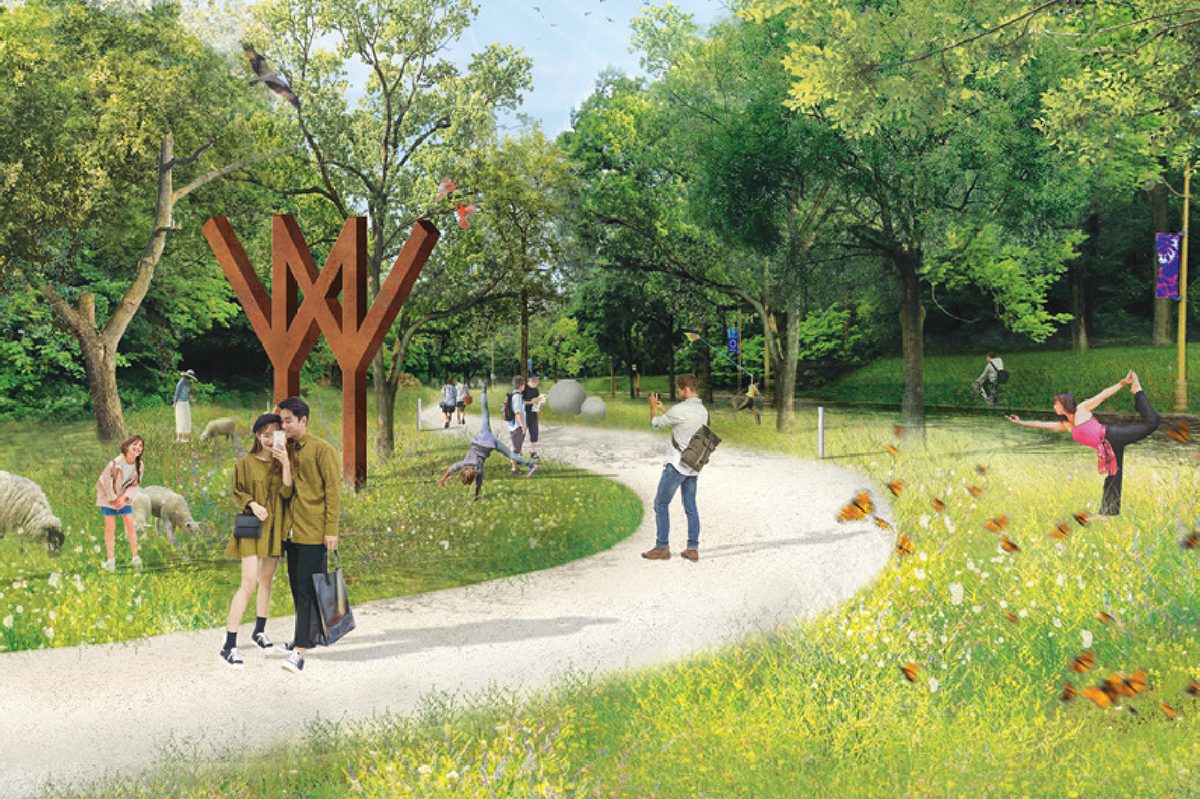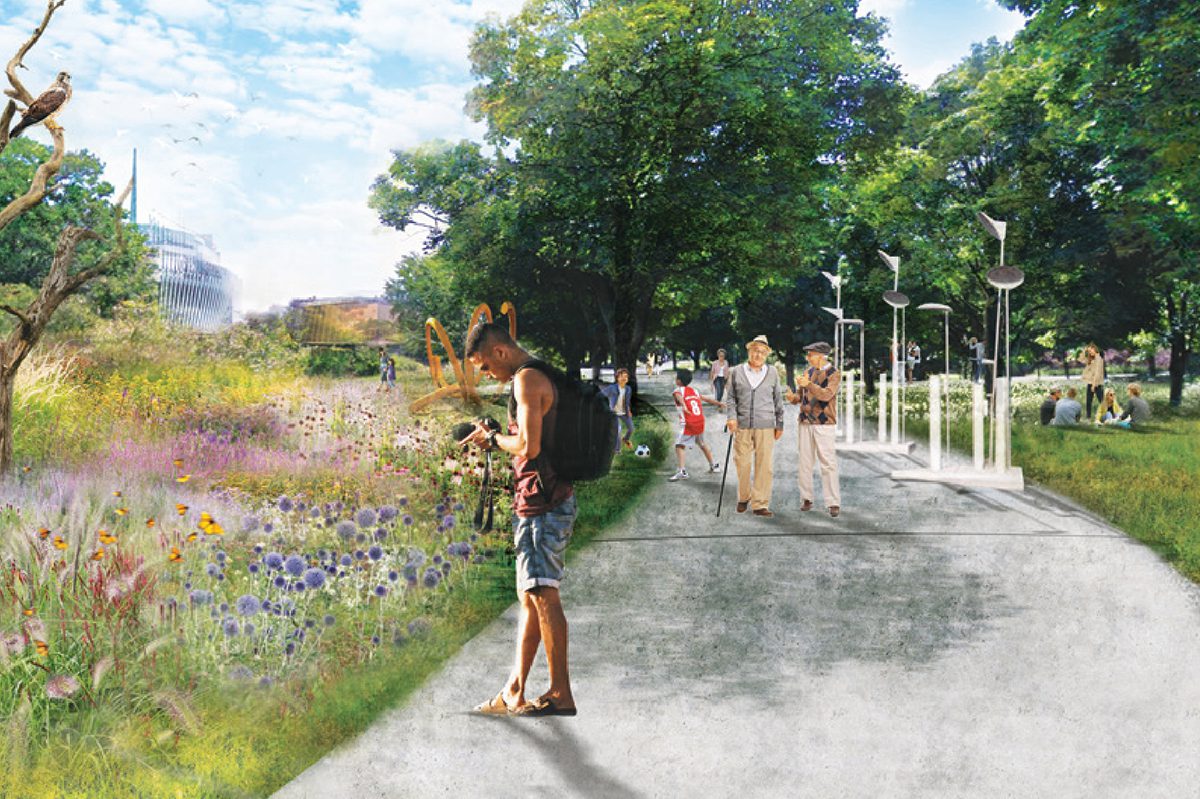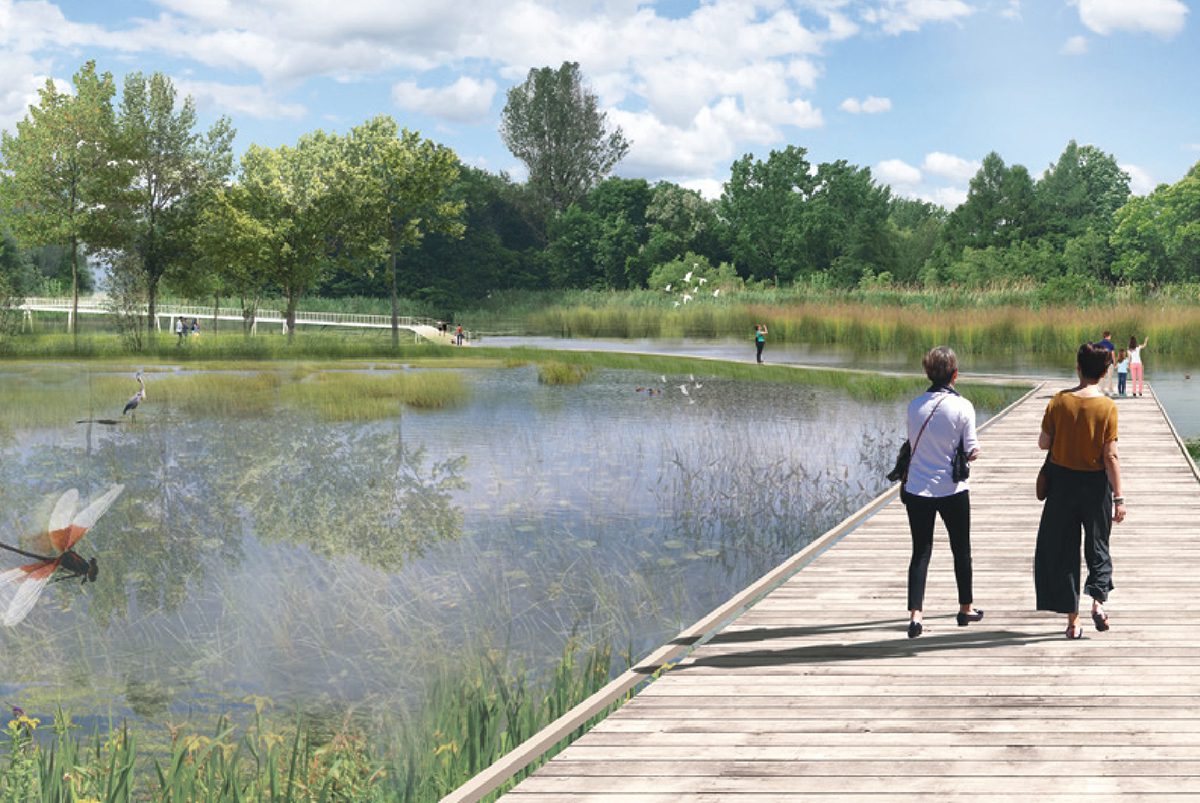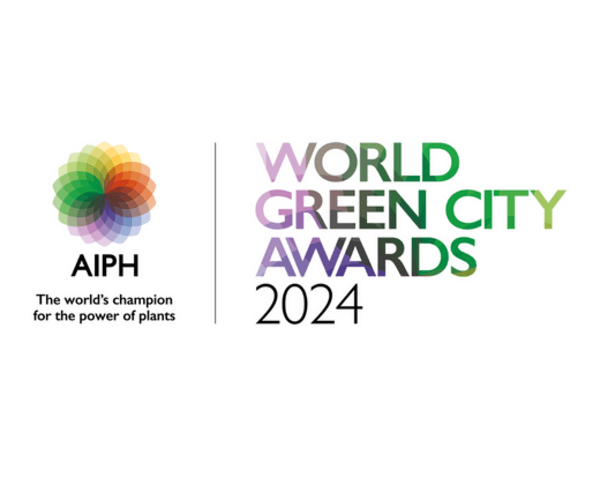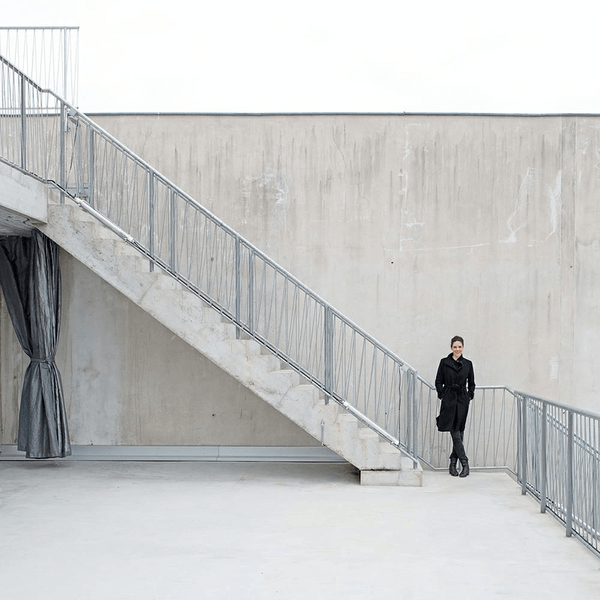Size and population development
Montréal is the most populous city in the province of Quebec, with an approximate population of 2 million people as of 2017. Greater Montréal has more than 4 million people; with 2 million males and 2.09 million females. The 2030 population for Greater Montréal is forecast to reach 5.2 million people.
Population composition
2.2 million people in Montréal speak both French and English. 60,000 people in the Metropolitan area do not speak either of the official languages. These people speak Aboriginal languages like Inuit and Cree-montaignais, but also non-Aboriginal languages such as Afroasiatic ones (e.g. Creole, Yiddish) and Indo-European (e.g. Slavic variations, German). Minority populations comprise together over half a million inhabitants in the Metropolitan area of Montréal, and natives have been registered as approximately 42,000 people.
Main functions
Montréal is the most populous municipality in the Canadian province of Quebec and the second most populous municipality in Canada. The city is located in the southwest of Quebec and covers most of the Island of Montreal at the confluence of the Saint Lawrence and Ottawa Rivers. French is the city’s official language and is the language spoken at home by 49.8% of the city’s population, it is the second largest primarily French speaking city in the world, following Paris. Named after the three peak mount that stands in the middle of the city—“Mount Royal”—a site formally occupied by an indigenous village called Hochelaga. After the conquest, a French fur trading post grew into a city across the 1600s. Today, Montréal is a major tourist city and is recognised as a hub for technology research and development and the creative industries.
Main industries / business
After Toronto, Montréal is the biggest economy in Canada. The city of Montréal identifies as its principal and developing industries the following: aerospace, food, cinema and television, finance, fashion and clothing, life sciences (research and innovation), information technologies, transport and logistics. Certainly, Montréal excels in the area of aeronautics and technology development, as many of the world’s cutting-edge companies have set their headquarters there. Among the more famous companies installed in the city include the World Anti-Doping Agency, the Canadian Space Agency, the production company Alliance Films, and the videogame company Ubisoft. It has also gathered the attention of artificial intelligence developers, such as Facebook AI Research, Microsoft Research, Google Brain, DeepMind, etc. The Port of Montréal, another of Quebec’s economic features, located inland, transacts 26 million tonnes every year. Montréal is also considered a key cultural capital. It has strong film, television and theatre industries, with for example Cirque du Soleil being headquartered in this city. Also, its music scene has impacted worldwide through festivals such as the Montréal International Jazz Festival, the largest in the world. Another feature of Montréal is its ice hockey scene, with the local team “Montréal Canadiens” as a central participant of the NHL.
Sources for city budget
The budget of the city is elaborated by the mairesse and her executive committee for approval by the rest of the municipal council. It must include expenditure that relates to public security, subvention programmes for real estate and urbanization projects, the environment, and a three-year government plan.
Political structure
The government of Montréal is led by a mayor, the councils of the boroughs and the city council, with the municipal council being made up of 65 elected officials. The mayor, Valérie Plante, is the first woman to occupy the role since the founding of the city, and she is equal to the other 64 members of the council. In political matters, the mayor stands as the head of the executive committee, which she nominates, and is in charge of deciding local competencies, services relevant to the urban agglomeration of the île de Montréal (the island that comprehends the city as well as the surrounding suburbs), and the generation of documents that relate to the city budget and its rules. The opposition party (the second runner-up) has an active role of watchdog functions and freedom of expression regarding the decisions taken by the mayor.
Administrative structure
The municipal council is also in charge of the budget of Montréal. This includes the urban agglomeration of the île de Montréal: that is, its 19 arrondisements or boroughs and 15 banlieues or suburban areas. Each of the boroughs has a mayor, elected by the local citizens. They and the councils of the boroughs are tasked with matters regarding local urbanism, culture, parks and recreation, community development, human resources, housing, etc.
Website
http://www.ville.montreal.qc.ca


